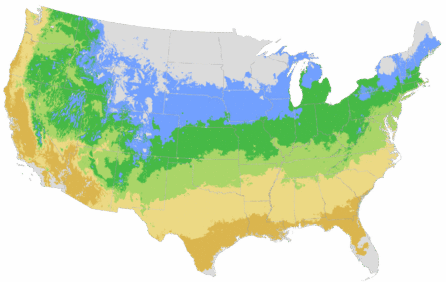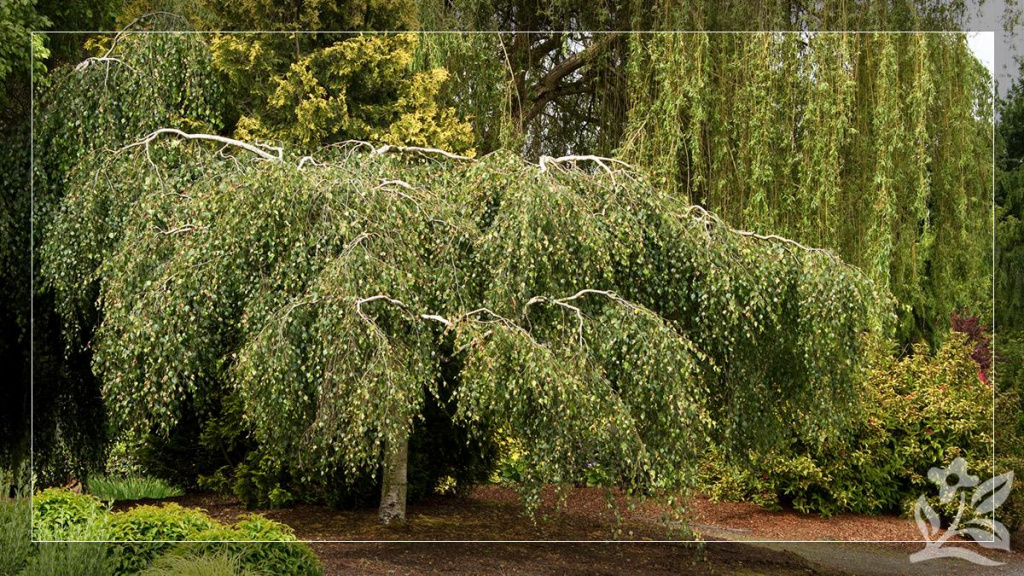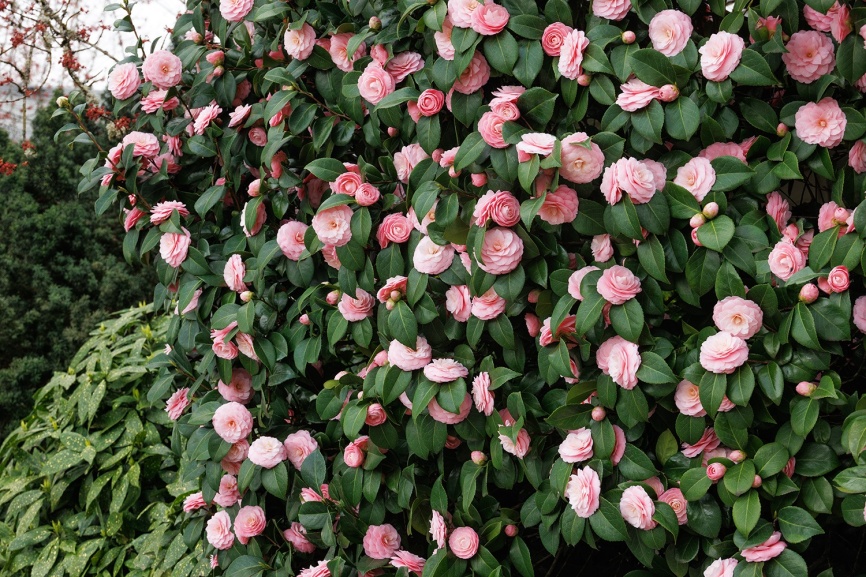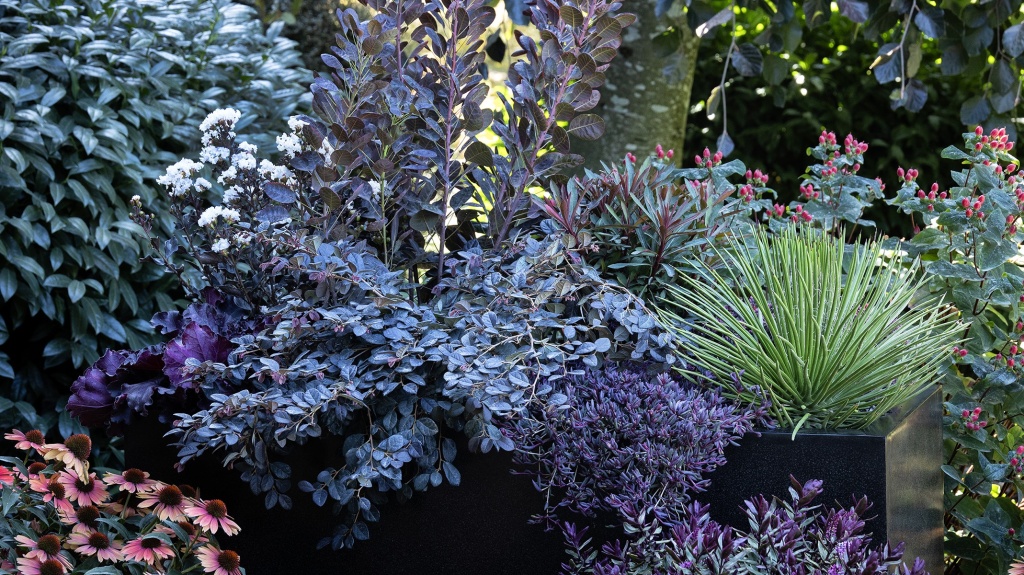You're growing in this Zip Code:
Change LocationDiscover Plants for Your Area
Burgundy Star Magnolia
Magnolia x 'JURmag4' PP #20,346
Retailers Near You
| Description | Stunning new variety with a distinctively upright, columnar form. Big, beautiful, and lightly fragrant flowers in a gorgeous shade of claret red, cover the tree in early spring. A spectacular specimen tree for most climates, tolerating all but the coldest temperatures. |
|---|---|
| Bloom Time | Early to mid spring |
| Deciduous/Evergreen | Deciduous |
| Special Features | Easy Care, Fall Color, Non-toxic to Cats and Dogs |
| Problems/Solutions | Deer Resistant |
| Growth Rate | Moderate |
| Flower Attributes | Flowers for Cutting, Showy Flowers |
| Patent Act | Asexual reproduction of plants protected by the Plant Patent Act is prohibited during the life of the patent. |
| Landscape Use | Hedge, Privacy Screen |
| Design Ideas | Few trees are as stunning as the deciduous, spring-blooming magnolias, which are a traditional candidate in the Asian garden, and equally at home in old-fashioned cottage gardens. The exceptional upright, narrow form of Burgundy Star lends itself to smaller gardens and symmetrical, contemporary landscapes. A perfect choice for town-house and condominium gardens. Plant up close in courtyards or near entryways, to enjoy the deep purple-red tones of the big flowers. Feature in groups to create a stunning front yard accent, or use to anchor separate beds to unify a large garden space. Plant in a row to create screening between property lines, where their intense color will be the talk of the neighborhood. In urban settings, the potent red flowers are so vivid they can be seen at the far end of a deep city lot. Narrow enough to dress up side-yards where it can be viewed from indoors. Super for marking gates and entries, or as a pair in a formal shrub or perennial gardens. |
| Flower Color | Red |
| Foliage Color | Green |
| Foliage Fall Color | Yellow |
| Companion Plants | Lily-of-the-Valley Shrub (Pieris); Hydrangea (Hydrangea); Snowberry (Symphoricarpos); Camellia (Camellia); Azalea (Azalea); Clethra (Clethra) |
| Care Instructions | Grows easily in deep, nutrient-rich, well-drained, loamy soil, but adaptable. Shelter from harsh winter winds and late season cold snaps. Water deeply, regularly during first few growing seasons to establish extensive root system; once established, water regularly to maintain evenly moist soil. Feed in early spring before new growth emerges. |
| History | Bred in New Zealand by leading magnolia breeder Mark Jury, this hybrid is the result of a cross made in 1993 in North Taranaki, North Island, New Zealand. The seed parent is Magnolia lilliflora 'Nigra' and pollen parent is Magnolia hybrid 'Vulcan'. The new variety was selected in 2002 by Mark Jury, from a group of approximately 15 seedlings. The new cultivar 'JURmag4'is similar to its pollen parent, Magnolia x 'Vulcan' in most characteristics, with the key differences being slightly smaller flowers of a darker color and a slower growing, much more upright, narrow growth habit. Reproduction by vegetative cuttings at a commercial nursery in New Zealand demonstrated that the unique features of this cultivar are stable and reproduced true to type on successive generations. U.S. Plant Patent #20,346 was issued in September of 2009. |
| Lore | Early breeding of Asian magnolia species began in France because the first imported species arrived there early on. The Jesuit missionaries in China were French and often became amateur botanists, collecting new plants to be sent back to Jardin des Plantes in Paris. Not until later did many of these species become established in British horticultural circles from which our English language texts originate. |
| Description | Stunning new variety with a distinctively upright, columnar form. Big, beautiful, and lightly fragrant flowers in a gorgeous shade of claret red, cover the tree in early spring. A spectacular specimen tree for most climates, tolerating all but the coldest temperatures. |
|---|---|
| Bloom Time | Early to mid spring |
| Deciduous/Evergreen | Deciduous |
| Special Features | Easy Care, Fall Color, Non-toxic to Cats and Dogs |
| Problems/Solutions | Deer Resistant |
| Growth Rate | Moderate |
| Flower Attributes | Flowers for Cutting, Showy Flowers |
| Patent Act | Asexual reproduction of plants protected by the Plant Patent Act is prohibited during the life of the patent. |
| Landscape Use | Hedge, Privacy Screen |
|---|---|
| Design Ideas | Few trees are as stunning as the deciduous, spring-blooming magnolias, which are a traditional candidate in the Asian garden, and equally at home in old-fashioned cottage gardens. The exceptional upright, narrow form of Burgundy Star lends itself to smaller gardens and symmetrical, contemporary landscapes. A perfect choice for town-house and condominium gardens. Plant up close in courtyards or near entryways, to enjoy the deep purple-red tones of the big flowers. Feature in groups to create a stunning front yard accent, or use to anchor separate beds to unify a large garden space. Plant in a row to create screening between property lines, where their intense color will be the talk of the neighborhood. In urban settings, the potent red flowers are so vivid they can be seen at the far end of a deep city lot. Narrow enough to dress up side-yards where it can be viewed from indoors. Super for marking gates and entries, or as a pair in a formal shrub or perennial gardens. |
| Flower Color | Red |
| Foliage Color | Green |
| Foliage Fall Color | Yellow |
| Companion Plants | Lily-of-the-Valley Shrub (Pieris); Hydrangea (Hydrangea); Snowberry (Symphoricarpos); Camellia (Camellia); Azalea (Azalea); Clethra (Clethra) |
| Care Instructions | Grows easily in deep, nutrient-rich, well-drained, loamy soil, but adaptable. Shelter from harsh winter winds and late season cold snaps. Water deeply, regularly during first few growing seasons to establish extensive root system; once established, water regularly to maintain evenly moist soil. Feed in early spring before new growth emerges. |
|---|
| History | Bred in New Zealand by leading magnolia breeder Mark Jury, this hybrid is the result of a cross made in 1993 in North Taranaki, North Island, New Zealand. The seed parent is Magnolia lilliflora 'Nigra' and pollen parent is Magnolia hybrid 'Vulcan'. The new variety was selected in 2002 by Mark Jury, from a group of approximately 15 seedlings. The new cultivar 'JURmag4'is similar to its pollen parent, Magnolia x 'Vulcan' in most characteristics, with the key differences being slightly smaller flowers of a darker color and a slower growing, much more upright, narrow growth habit. Reproduction by vegetative cuttings at a commercial nursery in New Zealand demonstrated that the unique features of this cultivar are stable and reproduced true to type on successive generations. U.S. Plant Patent #20,346 was issued in September of 2009. |
|---|---|
| Lore | Early breeding of Asian magnolia species began in France because the first imported species arrived there early on. The Jesuit missionaries in China were French and often became amateur botanists, collecting new plants to be sent back to Jardin des Plantes in Paris. Not until later did many of these species become established in British horticultural circles from which our English language texts originate. |
Retailers Near You
About Us
We have been pioneers and craftsmen in the art of growing plants for nearly
100 years. Since our founding in Southern California by Harry E. Rosedale, Sr.
in 1926, we have been absolutely dedicated and obsessed with quality.
We have been pioneers and craftsmen in the art of growing plants for nearly 100 years. Since our founding in Southern California by Harry E. Rosedale, Sr. in 1926, we have been absolutely dedicated and obsessed with quality.








